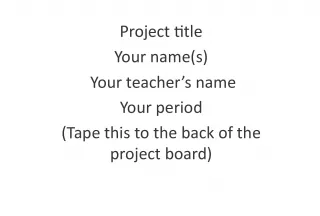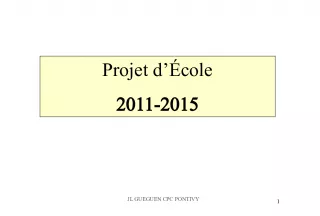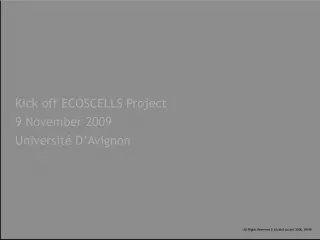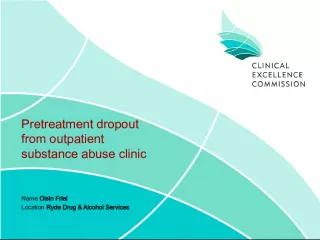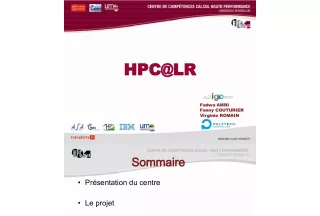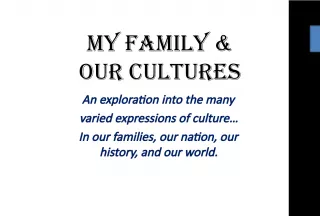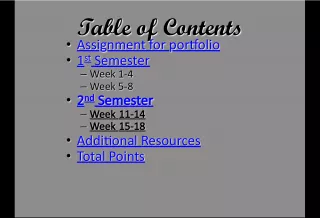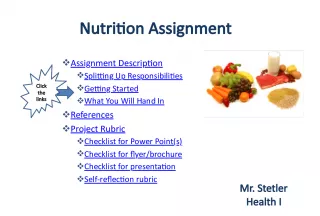Crabs: A Red Kayak Project


Griff Lehnert, with technical assistance from Jordan Lehnert, proudly presents Crabs: A Red Kayak Project. The main animal being highlighted is the beautiful swimmer known as
- Uploaded on | 0 Views
-
 bhuv
bhuv
About Crabs: A Red Kayak Project
PowerPoint presentation about 'Crabs: A Red Kayak Project'. This presentation describes the topic on Griff Lehnert, with technical assistance from Jordan Lehnert, proudly presents Crabs: A Red Kayak Project. The main animal being highlighted is the beautiful swimmer known as. The key topics included in this slideshow are . Download this presentation absolutely free.
Presentation Transcript
Slide1CrabsA Red Kayak Project By Griff Lehnert With tech assistance from Jordan Lehnert who is proud of the background pictures!
Slide2The Animal• Callinectes (“beautiful swimmer”) sapidus (“savory”) • Gray-Blue in color. Claws are blue. Female claws are tipped with red. • Males have a “T”shaped abdomen, known as the apron. Females have a triangle shaped apron. • Grow by molting their old shell and growing a new one.
Slide3The Anatomy
Slide4Life Cycle
Slide5Diet• Adult Crabs feed on crustaceans, fish, worms and nearly anything they can find. • The blue crab’s favorite food is a thin shelled bivalve mollusk. • Adult crabs will often resort to cannibalism of juvenile crabs.
Slide6Crabbing Economy• For the past 60 years, blue crabs have been the main catch for Chesapeake Bay fisheries. • Crabs are the most valuable catch for fisheries. The blue crab harvest for 2000 is estimated at $55 million. • Approximately one-third of the nation’s blue crabs are caught in the Chesapeake.
Slide7Crabbing Regulations• Harvesting Females is Prohibited • Season: April 1- December 15 • Minimum Size APRIL 1 - JULY 14 JULY 15 - DECEMBER 15 5 " Male Hard 5 1/4" Male Hard 3 1/4" Male Soft 3 1/2" Male Soft
Slide8Equipment:required by regulations • Crab traps or pots • Dipnets • Trotting Lines
Slide9Catch Limits• In an effort to bring back the blue crab, the Departments of Natural Resources of MD and VA limits the catch of commercial and noncommercial fishermen, depending on licensed crabbers on board. • For more information, see the Maryland DNR website at http://www.dnr.state.md.us/fisheries/regulatio ns
Slide10Environmental Issues• Due to over-fishing, pollution and destruction of habitat, the blue crab population i the Chesapeake Bay is rapidly decreasing. • The increase in population of predatory fish such as the striped bass and Atlantic croaker who prey on juvenile crabs
Slide11Effect of Bay Damage andOver-fishing Crabs • Blue crab populations have fallen nearly 70% since 1990. • In 1990, there were an estimated 791 million crabs in the Chesapeake. By 2000, the estimate was down to 281 million. • By 2009, thanks to restrictions in harvesting, the blue crab population was 393 million.
Slide12Bibliography: Information• http://www.dnr.state.md.us/fisheries/regulatio ns • http://www.bluecrab.info/ • http://www.chesapeakebay.net/blue_crab.htm • http://web.vims.edu/adv/ed/crab/?svr=www • http://www.aqua.org/animals_bluecrab.html
Slide13Bibliography:Pictures• http://www.fishingnj.org/procrab.htm • http://www.sms.si.edu/irlfieldguide/CrabBiol.htm • http://www.serc.si.edu/education/resources/bluecrab/lifecycle.aspx • http://beauforttribune.com/archives/8737 • http://funbeach.com/activities/crabbing/ • http://www.marshbunny.com/stjohns/trotline/trotline.html • http://www.crabbingtips.com/ • http://www.paulmcgeheeart.com/pages/ChesapeakeBayCrabBoat.htm • http://www.fegi.ru/prim/sea/mol_dvu.htm • fishingnj.org • http://asm.news21.com/bundle/chesapeake/budget/31/ • http://alansmoneyblog.com/2010/03/10/the-most-prosperous-nations- on-earth/



